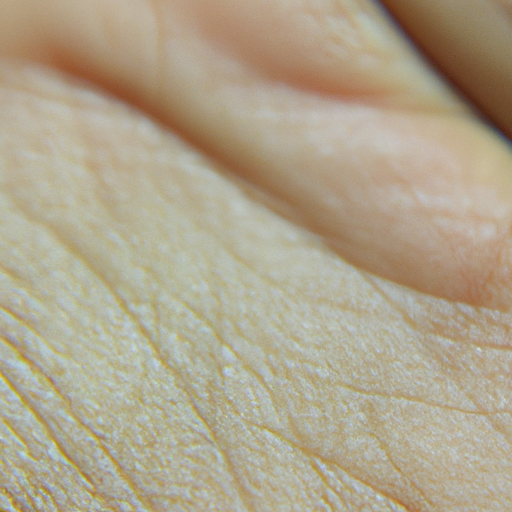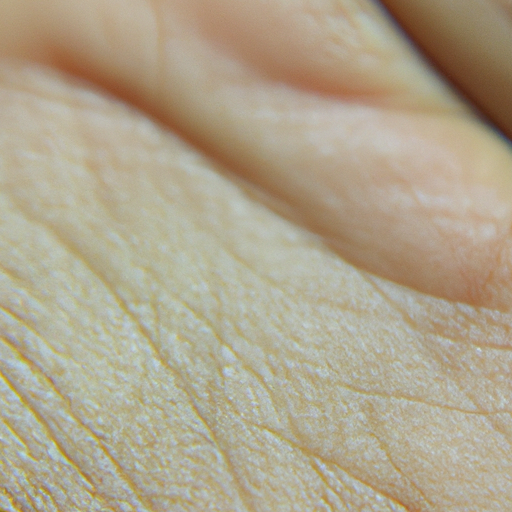As a dermatologist, I often encounter patients who are eager to achieve a radiant and glowing skin. One of the most effective ways to achieve this is through skin exfoliation. Exfoliation is the process of removing dead skin cells from the surface of your skin. This not only reveals a fresher, brighter complexion but also allows for better absorption of skincare products. This article serves as an ultimate guide to skin exfoliation, helping you understand its importance and how to do it right.
The skin naturally sheds dead cells every 30 days or so. However, this process can slow down with age, leading to dull, dry, or flaky skin, and even acne. Regular exfoliation can help prevent these issues. It can also boost blood circulation and lymphatic drainage for internal cleansing, contributing to healthy, glowing skin.
There are two main types of exfoliation: physical and chemical. Physical exfoliation involves using a scrub, brush, or other rough surfaces to manually remove dead skin cells. Chemical exfoliation uses acids or enzymes to dissolve dead skin cells. Both methods have their pros and cons, and the choice between them depends on your skin type and sensitivity.
Physical exfoliators are great for individuals with oily or combination skin. They can effectively remove excess oil and unclog pores. However, they can be too harsh for sensitive or dry skin types. Over-exfoliating physically can cause redness, inflammation, and even breakouts.
On the other hand, chemical exfoliators are suitable for all skin types. They are particularly beneficial for those with sensitive skin or conditions like rosacea or eczema. Chemical exfoliators penetrate deeper into the skin, providing a more thorough exfoliation. They can also target specific issues like hyperpigmentation and acne scars.
Regardless of the method you choose, it’s crucial to exfoliate properly. Over-exfoliation can damage the skin barrier, leading to dryness, irritation, and increased sensitivity. As a rule of thumb, exfoliate only once or twice a week. If you’re new to exfoliation, start with once a week and see how your skin reacts before increasing the frequency.
After exfoliating, always hydrate your skin. Exfoliation can leave your skin dry, so it’s essential to replenish the moisture immediately. Use a hydrating serum or moisturizer to lock in moisture and keep your skin soft and supple.
Lastly, always wear sunscreen. Exfoliation can make your skin more sensitive to the sun. Therefore, it’s crucial to protect your skin with a broad-spectrum sunscreen of at least SPF 30.
In conclusion, exfoliation is a vital part of skincare that can help unveil your skin’s natural radiance. However, it’s essential to do it correctly and responsibly. Always listen to your skin and adjust your exfoliation routine accordingly. If you’re unsure about what products to use or how often to exfoliate, consult with a dermatologist or skincare professional. With the right approach, you can achieve the glowing, healthy skin you’ve always wanted.




